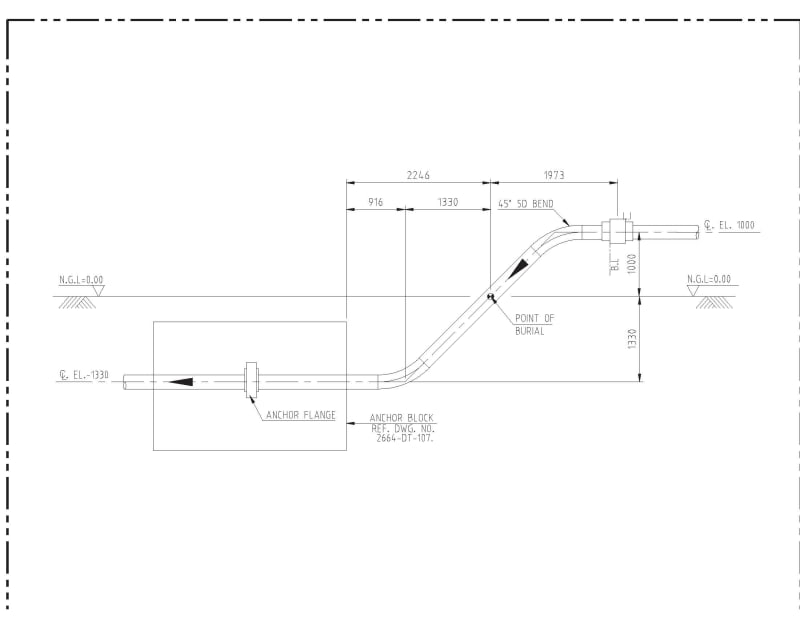DooDSamurai
Mechanical
- Aug 18, 2022
- 2
Hi, I have a question about anchor flange. As far as I know every buried pipeline here ranging from 20km to 800m uses anchor flange as shown in the image. Is it necessary or redundant even if the accompanying above ground piping have expansion loop or does it protect the riser? Sorry if the questions are simple. I am just starting out.


